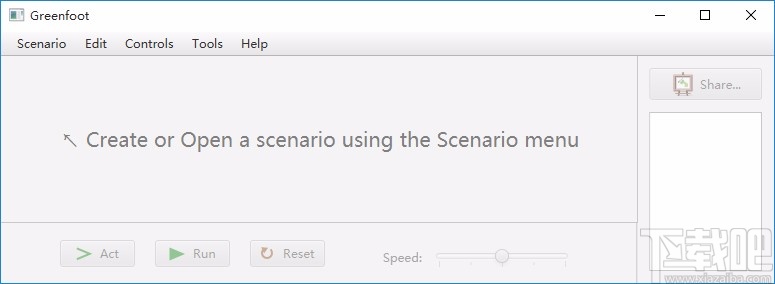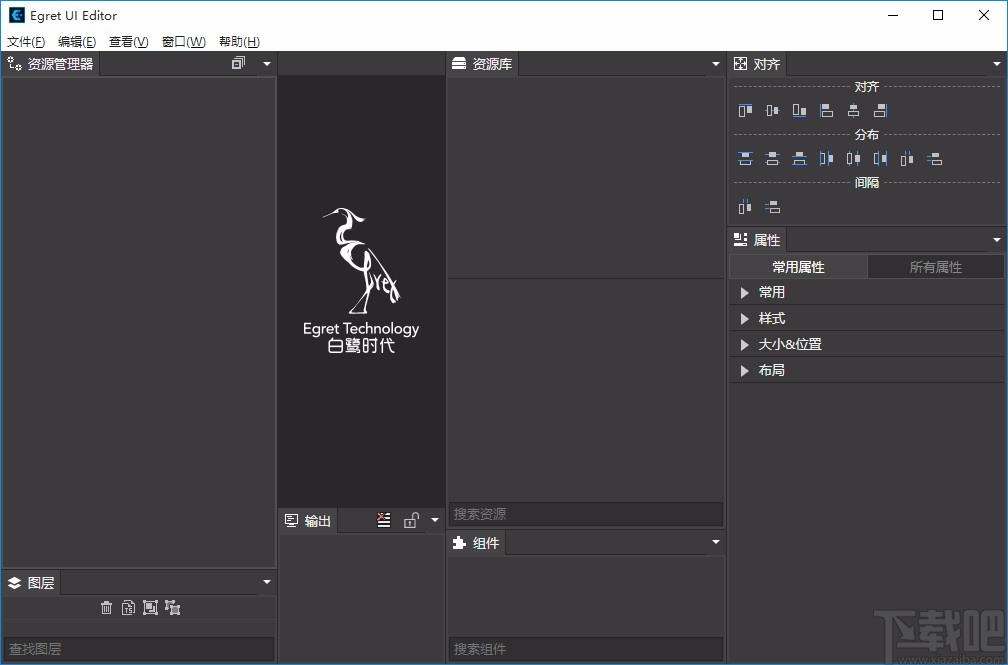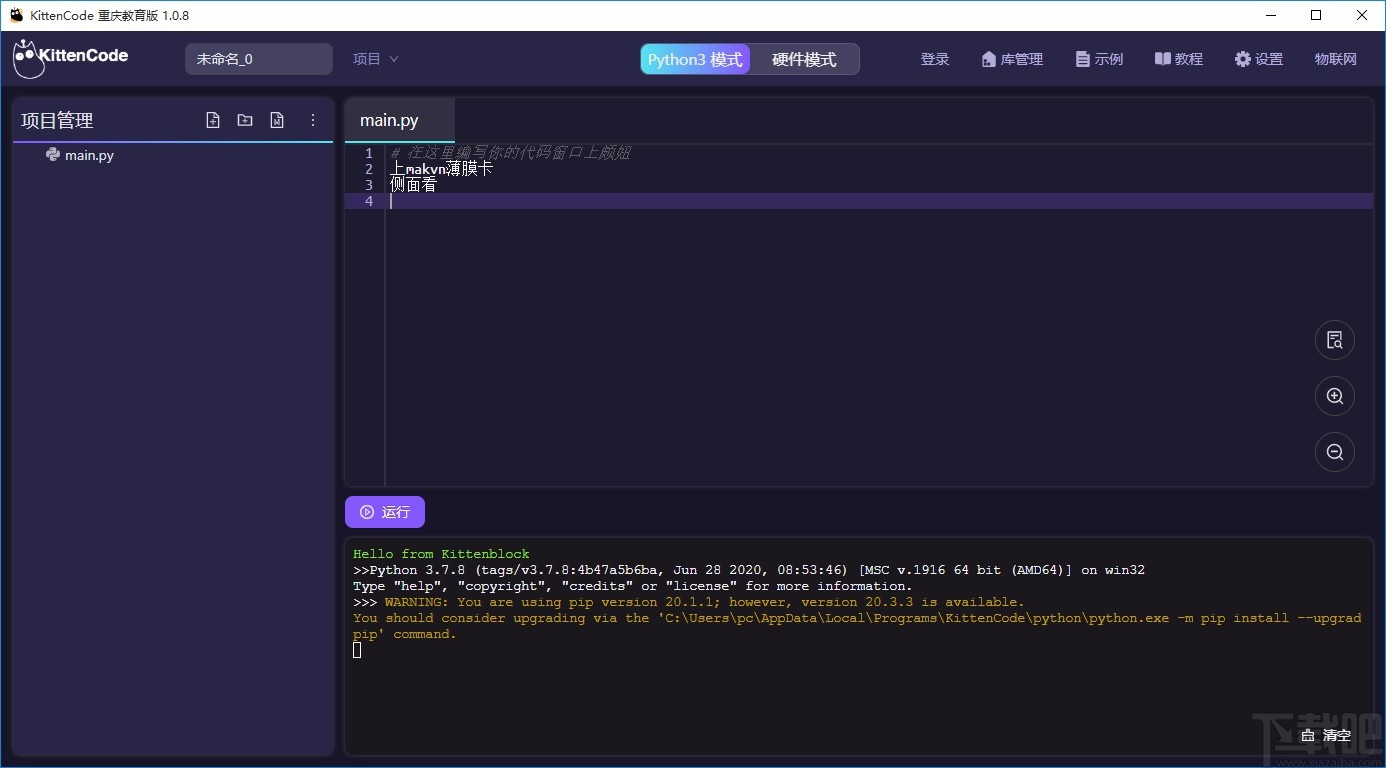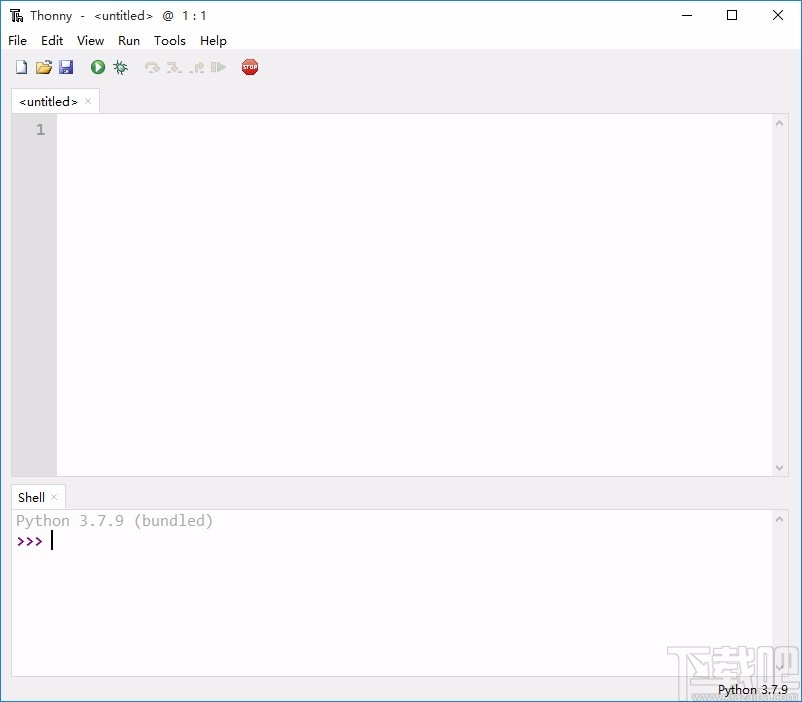Network Working Group IAB
Request for Comments: 2804 IESG
Category: Informational May 2000
IETF Policy on Wiretapping
Status of this Memo
This memo provides information for the Internet community. It does
not specify an Internet standard of any kind. Distribution of this
memo is unlimited.
Copyright Notice
Copyright (C) The Internet Society (2000). All Rights Reserved.
Abstract
The Internet Engineering Task Force (IETF) has been asked to take a
position on the inclusion into IETF standards-track documents of
functionality designed to facilitate wiretapping.
This memo eXPlains what the IETF thinks the question means, why its
answer is "no", and what that answer means.
1. Summary position
The IETF has decided not to consider requirements for wiretapping as
part of the process for creating and maintaining IETF standards.
It takes this position for the following basic reasons:
- The IETF, an international standards body, believes itself to be
the wrong forum for designing protocol or equipment features that
address needs arising from the laws of individual countries,
because these laws vary widely across the areas that IETF standards
are deployed in. Bodies whose scope of authority correspond to a
single regime of jurisdiction are more appropriate for this task.
- The IETF sets standards for communications that pass across
networks that may be owned, operated and maintained by people from
numerous jurisdictions with numerous requirements for privacy. In
light of these potentially divergent requirements, the IETF
believes that the operation of the Internet and the needs of its
users are best served by making sure the security properties of
connections across the Internet are as well known as possible. At
the present stage of our ignorance this means making them as free
from security loopholes as possible.
- The IETF believes that in the case of traffic that is today going
across the Internet without being protected by the end systems (by
encryption or other means), the use of existing network features,
if deployed intelligently, provides extensive opportunities for
wiretapping, and should be sufficient under presently seen
requirements for many cases. The IETF does not see an engineering
solution that allows sUCh wiretapping when the end systems take
adequate measures to protect their communications.
- The IETF believes that adding a requirement for wiretapping will
make affected protocol designs considerably more complex.
Experience has shown that complexity almost inevitably jeopardizes
the security of communications even when it is not being tapped by
any legal means; there are also obvious risks raised by having to
protect the Access to the wiretap. This is in conflict with the
goal of freedom from security loopholes.
- The IETF restates its strongly held belief, stated at greater
length in [RFC1984], that both commercial development of the
Internet and adequate privacy for its users against illegal
intrusion requires the wide availability of strong cryptographic
technology.
- On the other hand, the IETF believes that mechanisms designed to
facilitate or enable wiretapping, or methods of using other
facilities for such purposes, should be openly described, so as to
ensure the maximum review of the mechanisms and ensure that they
adhere as closely as possible to their design constraints. The IETF
believes that the publication of such mechanisms, and the
publication of known weaknesses in such mechanisms, is a Good
Thing.
2. The Raven process
The issue of the IETF doing work on legal intercept technologies came
up as a byproduct of the extensive work that the IETF is now doing in
the area if IP-based telephony.
In the telephony world, there has been a tradition of cooperation
(often mandated by law) between law enforcement agencies and
telephone equipment operators on wiretapping, leading to companies
that build telephone equipment adding wiretapping features to their
telephony-related equipment, and an emerging consensus in the
industry of how to build and manage such features. Some traditional
telephony standards organizations have supported this by adding
intercept features to their telephony-related standards.
Since the future of the telephone seems to be intertwined with the
Internet it is inevitable that the primary Internet standards
organization would be faced with the issue sooner or later.
In this case, some of the participants of one of the IETF working
groups working on a new standard for communication between components
of a distributed phone switch brought up the issue. Since adding
features of this type would be something the IETF had never done
before, the IETF management decided to have a public discussion
before deciding if the working group should go ahead. A new mailing
list was created (the Raven mailing list, see
http://www.ietf.org/mailman/listinfo/raven) for this discussion.
Close to 500 people subscribed to the list and about 10% of those
sent at least one message to the list. The discussion on this list
was a precursor to a discussion held during the IETF plenary in
Washington, D.C.
Twenty-nine people spoke during the plenary session. Opinions ranged
from libertarian: "governments have no right to wiretap" - to
pragmatic: "it will be done somewhere, best have it done where the
technology was developed". At the end of the discussion there was a
show of hands to indicate opinions: should the IETF add special
features, not do this or abstain. Very few people spoke out strongly
in support for adding the intercept features, while many spoke out
against it, but a sizable portion of the audience refused to state an
opinion (raised their hands when asked for "abstain" in the show of
hands).
This is the background on the basis of which the Internet Engineering
Steering Group (IESG) and the Internet Architecture Board (IAB) was
asked to formulate a policy.
3. A definition of wiretapping
The various legal statutes defining wiretapping do not give adequate
definitions to distinguish between wiretapping and various other
activities at the technical level. For the purposes of this memo, the
following definition of wiretapping is used:
Wiretapping is what occurs when information passed across the
Internet from one party to one or more other parties is delivered to
a third party:
1. Without the sending party knowing about the third party
2. Without any of the recipient parties knowing about the delivery to
the third party
3. When the normal expectation of the sender is that the transmitted
information will only be seen by the recipient parties or parties
obliged to keep the information in confidence
4. When the third party acts deliberately to target the transmission
of the first party, either because he is of interest, or because
the second party"s reception is of interest.
The term "party", as used here, can refer to one person, a group of
persons, or equipment acting on behalf of persons; the term "party"
is used for brevity.
Of course, many wiretaps will be bidirectional, monitoring traffic
sent by two or more parties to each other.
Thus, for instance, monitoring public newsgroups is not wiretapping
(condition 3 violated), random monitoring of a large population is
not wiretapping (condition 4 violated), a recipient passing on
private email is not wiretapping (condition 2 violated).
An Internet equivalent of call tracing by means of accounting logs
(sometimes called "pen registers") that is a feature of the telephone
network is also wiretapping by this definition, since the normal
expectation of the sender is that the company doing the accounting
will keep this information in confidence.
Wiretapping may logically be thought of as 3 distinct steps:
- Capture - getting information off the wire that contains the
information wanted.
- Filtering - selecting the information wanted from information
gathered by accident.
- Delivery - transmitting the information wanted to the ones who want
it.
The term applies to the whole process; for instance, random
monitoring followed by filtering to extract information about a
smaller group of parties would be wiretapping by this definition.
In all these stages, the possibility of using or abusing mechanisms
defined for this purpose for other purposes exists.
This definition deliberately does not include considerations of:
- Whether the wiretap is legal or not, since that is a legal, not a
technical matter.
- Whether the wiretap occurs in real time, or can be performed after
the fact by looking at information recorded for other purposes
(such as the accounting example given above).
- What the medium targeted by the wiretap is - whether it is email,
IP telephony, Web browsing or EDI transfers.
These questions are believed to be irrelevant to the policy outlined
in this memo.
Wiretapping is also sometimes called "interception", but that term is
also used in a sense that is considerably wider than the monitoring
of data crossing networks, and is therefore not used here.
4. Why the IETF does not take a moral position
Much of the debate about wiretapping has centered around the question
of whether wiretapping is morally evil, no matter who does it,
necessary in any civilized society, or an effective tool for catching
criminals that has been abused in the past and will be abused again.
The IETF has decided not to take a position in this matter, since:
- There is no clear consensus around a single position in the IETF.
- There is no means of detecting the morality of an act "on the
wire". Since the IETF deals with protocol standardization, not
protocol deployment, it is not in a position to dictate that its
product is only used in moral or legal ways.
However, a few observations can be made:
- Experience shows that tools which are effective for a purpose tend
to be used for that purpose.
- Experience shows that tools designed for one purpose that are
effective for another tend to be used for that other purpose too,
no matter what its designers intended.
- Experience shows that if a vulnerability exists in a security
system, it is likely that someone will take advantage of it sooner
or later.
- Experience shows that human factors, not technology per se, is the
biggest single source of such vulnerabilities.
What this boils down to is that if effective tools for wiretapping
exist, it is likely that they will be used as designed, for purposes
legal in their jurisdiction, and also in ways they were not intended
for, in ways that are not legal in that jurisdiction. When weighing
the development or deployment of such tools, this should be borne in
mind.
5. Utility considerations
When designing any communications function, it is a relevant question
to ask if such functions efficiently perform the task they are
designed for, or whether the work spent in developing them is not, in
fact, worth the benefit gained.
Given that there are no specific proposals being developed in the
IETF, the IETF cannot weigh proposals for wiretapping directly in
this manner.
However, as above, a few general observations can be made:
- Wiretapping by copying the bytes passed between two users of the
Internet with known, static points of attachment is not hard.
Standard functions designed for diagnostic purposes can accomplish
this.
- Correlating users" identities with their points of attachment to
the Internet can be significantly harder, but not impossible, if
the user uses standard means of identification. However, this means
linking into multiple Internet subsystems used for address
assignment, name resolution and so on; this is not trivial.
- An adversary has several simple countermeasures available to defeat
wiretapping attempts, even without resorting to encryption. This
includes Internet cafes and anonymous dialups, anonymous remailers,
multi-hop login sessions and use of obscure communications media;
these are well known tools in the cracker community.
- Of course, communications where the content is protected by strong
encryption can be easily recorded, but the content is still not
available to the wiretapper, defeating all information gathering
apart from traffic analysis. Since Internet data is already in
digital form, encrypting it is very simple for the end-user.
These things taken together mean that while wiretapping is an
efficient tool for use in situations where the target of a wiretap is
either ignorant or believes himself innocent of wrongdoing,
Internet-based wiretapping is a less useful tool than might be
imagined against an alerted and technically competent adversary.
6. Security Considerations
Wiretapping, by definition (see above), releases information that the
information sender did not expect to be released.
This means that a system that allows wiretapping has to contain a
function that can be exercised without alerting the information
sender to the fact that his desires for privacy are not being met.
This, in turn, means that one has to design the system in such a way
that it cannot guarantee any level of privacy; at the maximum, it can
only guarantee it as long as the function for wiretapping is not
exercised.
For instance, encrypted telephone conferences have to be designed in
such a way that the participants cannot know to whom any shared
keying material is being revealed.
This means:
- The system is less secure than it could be had this function not
been present.
- The system is more complex than it could be had this function not
been present.
- Being more complex, the risk of unintended security flaws in the
system is larger.
Wiretapping, even when it is not being exercised, therefore lowers
the security of the system.
7. Acknowledgements
This memo is endorsed by the IAB and the IESG.
Their membership is:
IAB:
Harald Alvestrand
Randall Atkinson
Rob Austein
Brian Carpenter
Steve Bellovin
Jon Crowcroft
Steve Deering
Ned Freed
Tony Hain
Tim Howes
Geoff Huston
John Klensin
IESG:
Fred Baker
Keith Moore
Patrik Falstrom
Erik Nordmark
Thomas Narten
Randy Bush
Bert Wijnen
Rob Coltun
Dave Oran
Jeff Schiller
Marcus Leech
Scott Bradner
Vern Paxson
April Marine
The number of contributors to the discussion are too numerous to
list.
8. Author"s Address
This memo is authored by the IAB and the IESG.
The chairs are:
Fred Baker, IETF Chair
519 Lado Drive
Santa Barbara California 93111
Phone: +1-408-526-4257
EMail: fred@cisco.com
Brian E. Carpenter, IAB Chair
IBM
c/o iCAIR
Suite 150
1890 Maple Avenue
Evanston IL 60201
USA
EMail: brian@icair.org
9. References
[RFC1984] IAB and IESG, "IAB and IESG Statement on Cryptographic
Technology and the Internet", RFC1984, August 1996.
9. Full Copyright Statement
Copyright (C) The Internet Society (2000). All Rights Reserved.
This document and translations of it may be copied and furnished to
others, and derivative works that comment on or otherwise explain it
or assist in its implementation may be prepared, copied, published
and distributed, in whole or in part, without restriction of any
kind, provided that the above copyright notice and this paragraph are
included on all such copies and derivative works. However, this
document itself may not be modified in any way, such as by removing
the copyright notice or references to the Internet Society or other
Internet organizations, except as needed for the purpose of
developing Internet standards in which case the procedures for
copyrights defined in the Internet Standards process must be
followed, or as required to translate it into languages other than
English.
The limited permissions granted above are perpetual and will not be
revoked by the Internet Society or its successors or assigns.
This document and the information contained herein is provided on an
"AS IS" basis and THE INTERNET SOCIETY AND THE INTERNET ENGINEERING
TASK FORCE DISCLAIMS ALL WARRANTIES, EXPRESS OR IMPLIED, INCLUDING
BUT NOT LIMITED TO ANY WARRANTY THAT THE USE OF THE INFORMATION
HEREIN WILL NOT INFRINGE ANY RIGHTS OR ANY IMPLIED WARRANTIES OF
MERCHANTABILITY OR FITNESS FOR A PARTICULAR PURPOSE.
Acknowledgement
Funding for the RFCEditor function is currently provided by the
Internet Society.




